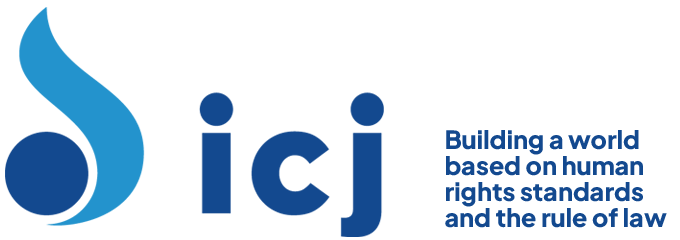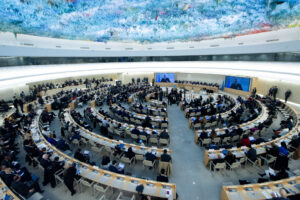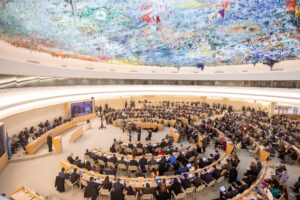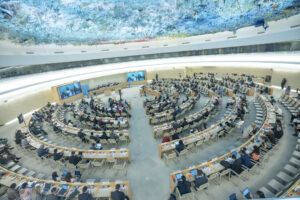13. Secondly, individuals and groups in society who are disadvantaged and/or do not enjoy the full exercise of their rights are particularly vulnerable to infection as they have limited or no access to HIV/AIDS-related education, prevention and health-care programmes. Such groups include women, children, minorities, migrants, indigenous peoples, men having sex with men, commercial sex workers and injecting drug users. These groups may have neither the information they need nor the ability to act on it so as to avoid infection. Infection among such groups rapidly diffuses to society at large.
C. Education and information programmes
103. Frequently, in the context of HIV/AIDS, so-called “high-risk groups” are identified, generally on the basis of sexual preference, lifestyle and racial or national origin, whose individual rights and freedoms may be affected on a large scale by virtue of their denial or discriminatory application (such as imposed testing or restriction of movement or activities) due to their apparent high-risk contamination factor. Unfortunately, most measures taken with regard to these identified groups are restrictive or discriminating in nature and generally do not focus on the prevention and protection needed to make these groups “lower risk” (through changes in behaviour, for example).
Link to full text of the report: http://www.unhchr.ch/Huridocda/Huridoca.nsf/0/82b067cfb1dcf1858025670d003babdb




